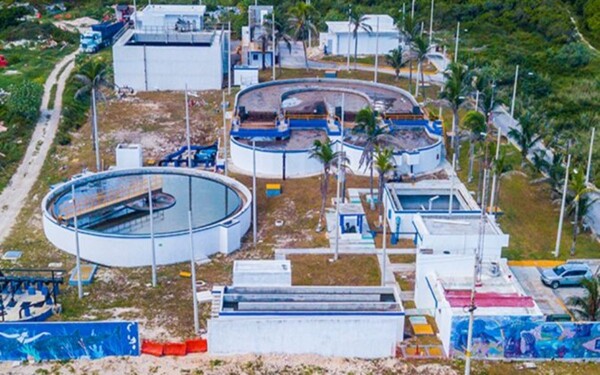The Mexican Registry of Rare Diseases is aimed at patients and caregivers dealing with uncommon diseases in Mexico. It consists of a questionnaire that takes about 20 minutes to complete, and this resource is available on the website of the Mexican Network of Rare Diseases (ReMexER). In October 2024, the results and analysis of the first year of this registry were published in the international journal Rare.
The objective of a study initiated on February 28, 2022, is to assess the prevalence of rare diseases and the challenges of access to diagnosis, treatment, and services faced by patients in Mexico. Unfortunately, in the country, technologies for molecular diagnosis of rare diseases have not been widely adopted. Most patients with suspected genetic conditions can only access traditional tests, which have a low diagnostic effectiveness rate. The high cost of more advanced technologies limits their adoption, as patients must pay for them directly.
Rare Disease Day, initiated by the European Organization for Rare Diseases in 2008, aims to educate and raise awareness about these diseases. In Mexico, those affecting fewer than 5 out of 10,000 people are considered rare, and the average time for clinical diagnosis is 8 years. Of the participants in the registry, only 14 have received genomic testing to identify the genetic cause of their condition.
The Resolution on Rare Diseases is being discussed at the World Health Organization assembly in 2025 for global adoption. However, there are cases of patients who waited up to 34 years to obtain a diagnosis, while others are still waiting. Although most rare diseases have a genetic origin, only 39.5% of patients are referred to a clinical geneticist.
Some Latin American countries, such as Colombia, offer access to diagnostic testing for rare diseases. Compared to 15 years ago, the average diagnostic time in developed countries has been reduced to 3 years, thanks to molecular tests such as genomic sequencing. Awareness of these diseases has progressed since 2008, but there is still work to be done throughout the year.
In Mexico, it is estimated that around 10 million people live with rare diseases, but the lack of a national census makes it difficult to obtain precise figures. The global resolution on rare diseases highlights the importance of addressing public health challenges, access to treatments and services, as well as promoting the research of new therapies. According to data from the registry, only 17.3% of patients have a definitive molecular diagnosis.
In the framework of Rare Disease Day, it is vital to continue working on educating health professionals, reducing diagnostic times, and improving access to treatments and services for those living with uncommon diseases.














